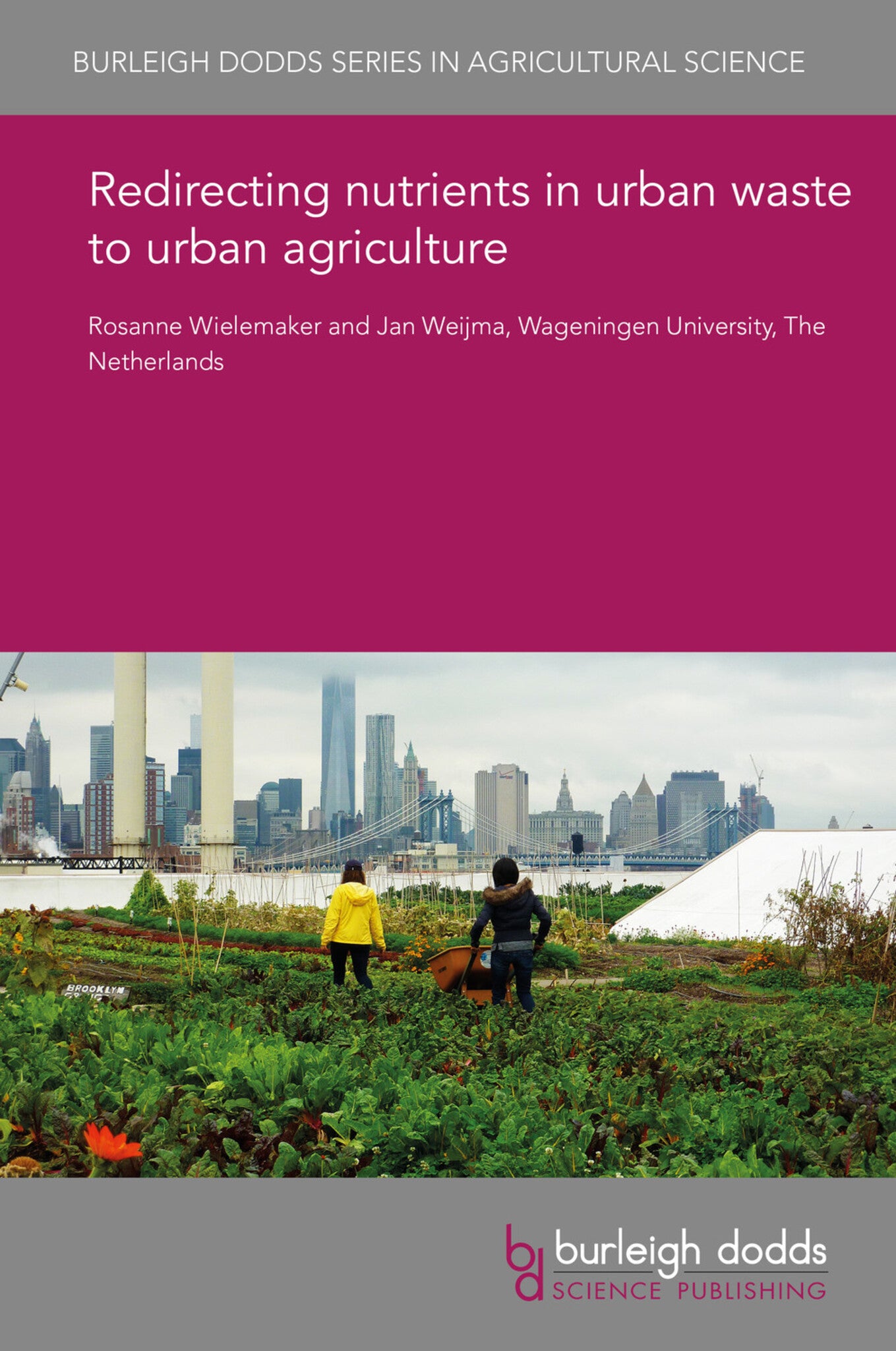We're sorry. An error has occurred
Please cancel or retry.
Redirecting nutrients in urban waste to urban agriculture
Regular price
£25.00
Sale price
£25.00
Regular price
£25.00
Unit price
/
per
Sale
Sold out
Re-stocking soon
Until the nineteenth century, ‘nightsoil’ and organic waste were recycled to agriculture to replenish farmland with nutrients and organic matter in (peri-)urban areas. However, with the onset of ch...
Read More

Some error occured while loading the Quick View. Please close the Quick View and try reloading the page.
Couldn't load pickup availability
- Format:
-
17 February 2020

Until the nineteenth century, ‘nightsoil’ and organic waste were recycled to agriculture to replenish farmland with nutrients and organic matter in (peri-)urban areas. However, with the onset of cheap chemical fertilizer production, nightsoil use was abandoned. This development facilitated the geographic disconnection between food production and consumption, leading to the expansion of agriculture on distant soils. This chapter introduces new approaches to food production and ‘waste’ management, including the opportunity to partially close nutrient cycles on the urban scale. Moreover, this chapter provides an overview of wastewater sources, scales and systems and discusses the opportunities and constraints of recycling human excreta to urban agriculture as a means to restore the nutrient cycle in the food system. Finally, the chapter looks ahead to future research trends in this area.

Price: £25.00
Publisher: Burleigh Dodds Science Publishing
Imprint: Burleigh Dodds Science Publishing
Series: Burleigh Dodds Series in Agricultural Science
Publication Date:
17 February 2020
ISBN: 9781786766403
Format: eBook
BISACs:
TECHNOLOGY & ENGINEERING / Agriculture / Sustainable Agriculture, Urban farming / urban agriculture, Sustainable agriculture

- 1 Introduction
- 2 Urban agriculture and new sanitation
- 3 Background information
- 4 Case studies
- 5 Challenges for integration: areas for future research
- 6 Conclusion and future trends
- 7 Where to look for further information
- 8 References



